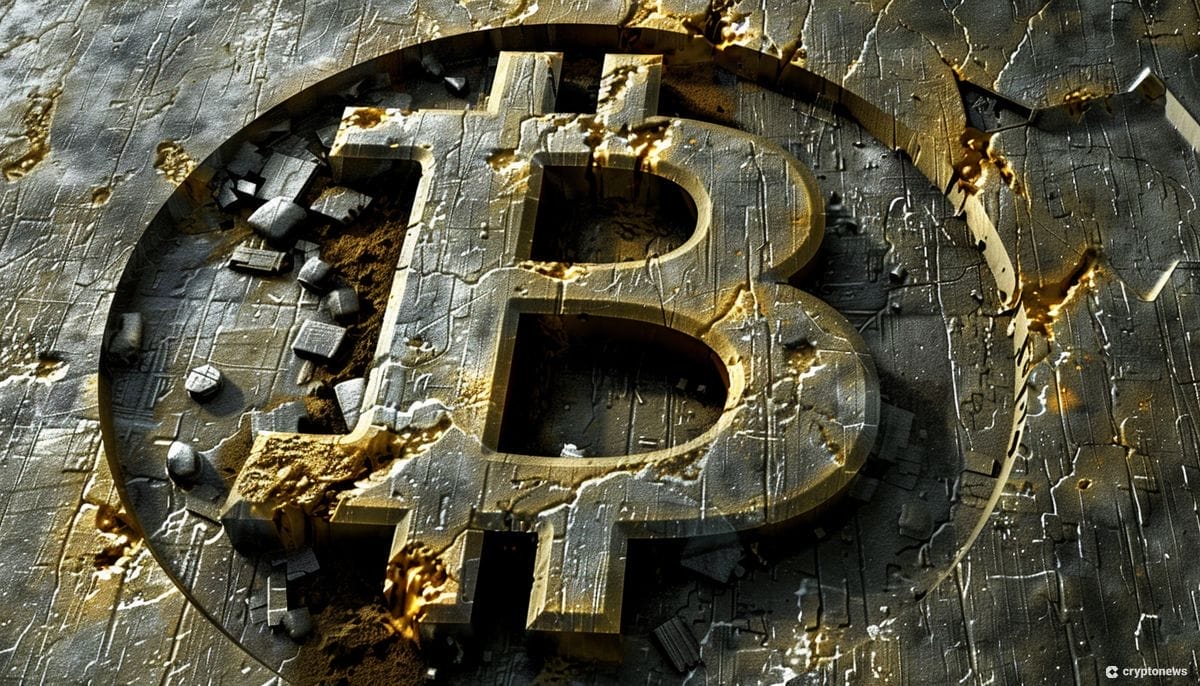Tokens on the Runes Protocol have experienced a decline from their peak, but their potential should not be underestimated. The protocol is still in its early stages, having been launched less than three months ago.
Block 840,000, mined on April 19, 2024, marked a significant milestone for Bitcoin as it coincided with the fourth halving of the blockchain and the launch of the Runes Protocol. This protocol has quickly become popular for creating fungible tokens on Bitcoin.
Token creation is common on blockchains like Ethereum and Solana but relatively new for Bitcoin. The Runes Protocol, launched in April, represents the latest development in this area. Despite its youth, some critics have already declared the tokens created on the Runes Protocol as “dead.”
Examining daily trading volumes and the number of new participants might suggest that Runes tokens have already peaked. However, given the history of premature conclusions about the demise of Web3 assets, it is worth reconsidering such declarations.

The macro context is crucial. Since the launch of the Runes Protocol, Bitcoin’s price has remained between $60,000 and $70,000. During this period, Bitcoin’s dominance over other crypto market assets, or altcoins, has remained strong, reflecting a cautious market stance toward taking more risks.
This market caution directly impacts interest in Runes standard tokens. Although they exist within Bitcoin, they fall under the “altcoins” classification, which currently lacks broad market interest.
Focusing on the Runes ecosystem’s development reveals a different story. Most tokens created on the Runes Protocol so far are meme coins. Given the ease of creating meme coins and their popularity in 2024, this initial flood was expected. The standout among these is the DOG token, which has seen success due to its fair launch and strong narrative as Bitcoin’s dog token.

DOG token’s market value currently represents about 40% of the entire market capitalization of Runes tokens, with a value around $600 million and over 70,000 on-chain holders. Despite its dominance, the value of Dogecoin, the world’s largest meme coin, is still significantly higher, highlighting the growth potential for Runes tokens.
The infrastructure for engaging with Bitcoin assets has been a significant friction point. Unlike Ethereum or Solana, Bitcoin lacks smart contracts, making it difficult to create decentralized exchanges (DEXs) and marketplaces. However, some major players see this as an opportunity. Magic Eden, for example, has regained relevance by betting on these emerging Bitcoin assets, and OKX has an on-chain marketplace dedicated to Runes assets.
The next major market speculation involves creating a decentralized exchange similar to Uniswap or Jupiter. While there are no clear predictions for this, infrastructure development is progressing rapidly for these new assets.
Centralized exchanges are gradually listing Runes standard assets, with the DOG token leading the way. Smaller exchanges have moved quickly, and larger ones are expected to follow.
Despite the current market’s apathy, the Runes ecosystem has made significant strides, indicating that it is far from reaching its developmental peak. Even if an “alt season” does not materialize, the strong narrative of the Runes ecosystem suggests it will continue to stand out in the market.
